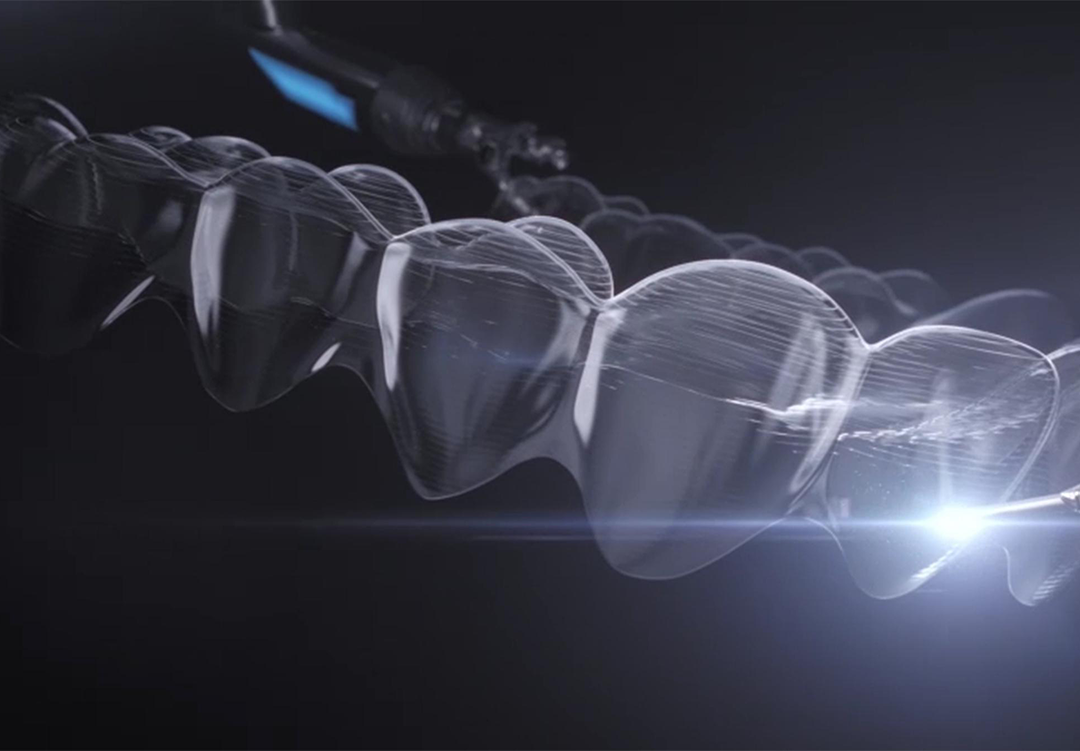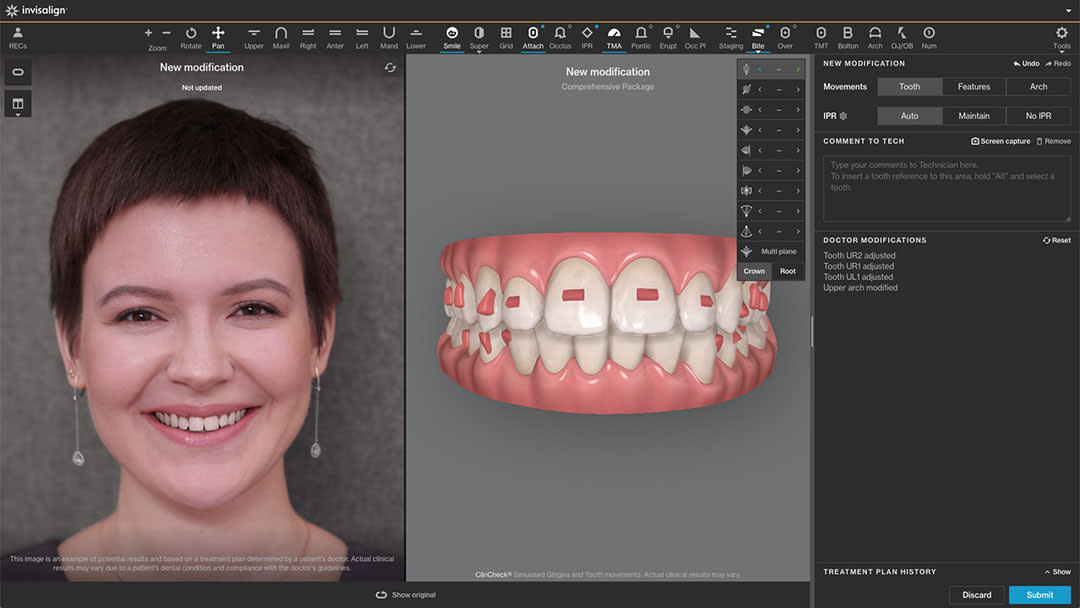Since 1997, Invisalign treatment has changed the way people straighten their teeth by combining comfort, convenience, and cutting-edge tools. What we see today is the result of more than 20 years of continuous improvement and innovation. Let’s take a closer look at how Invisalign aligners’ technology has evolved over time to create a smoother, more personalized treatment experience:
1997 – Align Technology (Invisalign) launches, bringing orthodontics into the digital age.
2007 – Invisalign® System introduces Vivera™ retainers, helping patients maintain their new smiles post-treatment.
2008 – Invisalign System introduces aligners designed specifically for teens.
2009 – SmartForce™ attachments are introduced to enhance treatment precision.
2011 – Invisalign System integrates digital 3D scanning and imaging technology with their iTero™ scanner, improving the fitting process.
2013 – Invisalign aligners are now made with SmartTrack material for a more comfortable and effective fit.
2014 – ClinCheck® Pro software launches, allowing doctors to better plan and customize each patient’s treatment.
2016 – Invisalign System now offers new aligners on a weekly schedule for faster results.
2017 – Invisalign System releases mandibular advancement with enhanced precision wings.
2018 – Invisalign First™ launches, offering clear aligner treatment for young children.
2020 – Invisalign System launches the iTero Element™ 5D scanner technology to improve accuracy.
2024 - iTero Lumina™ intraoral scanner launches, delivering faster, more accurate scans with enhanced imaging and integrated diagnostic tools to improve efficiency and patient experience.





